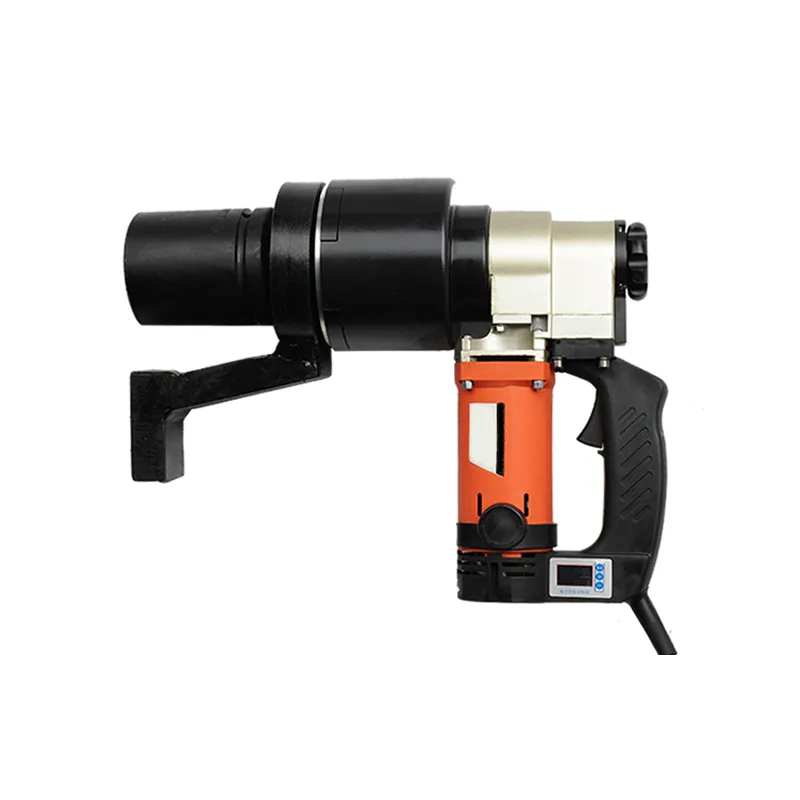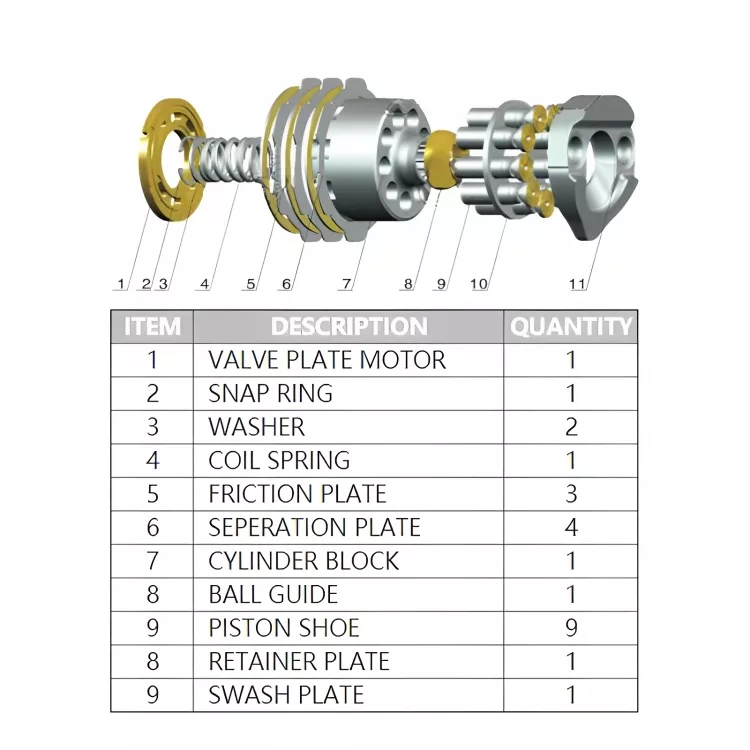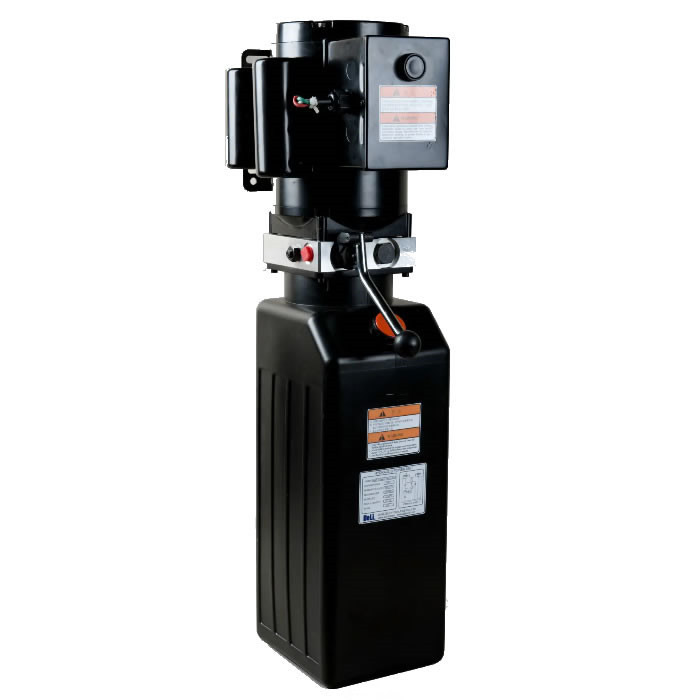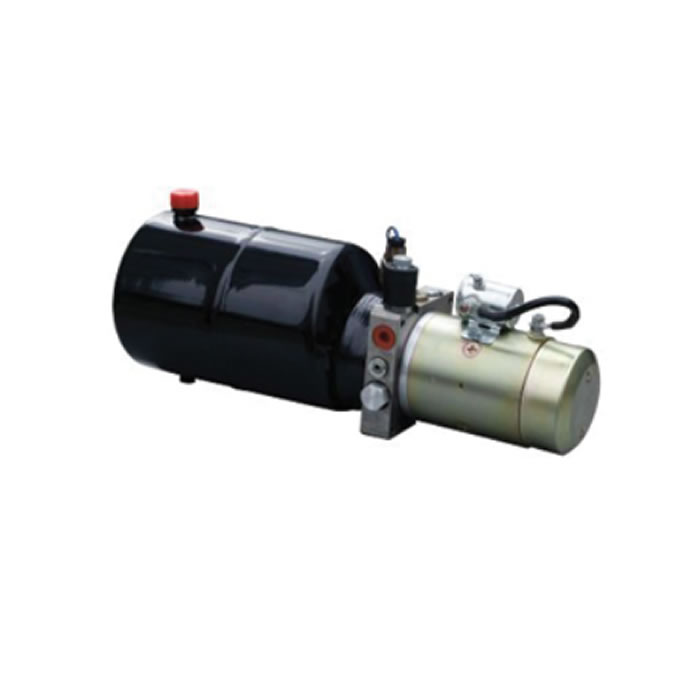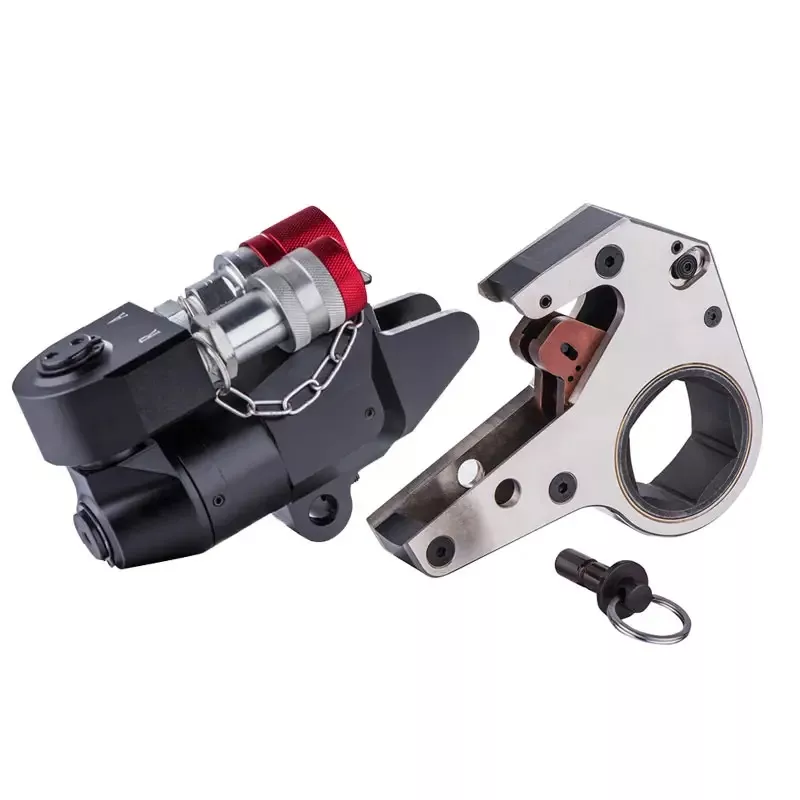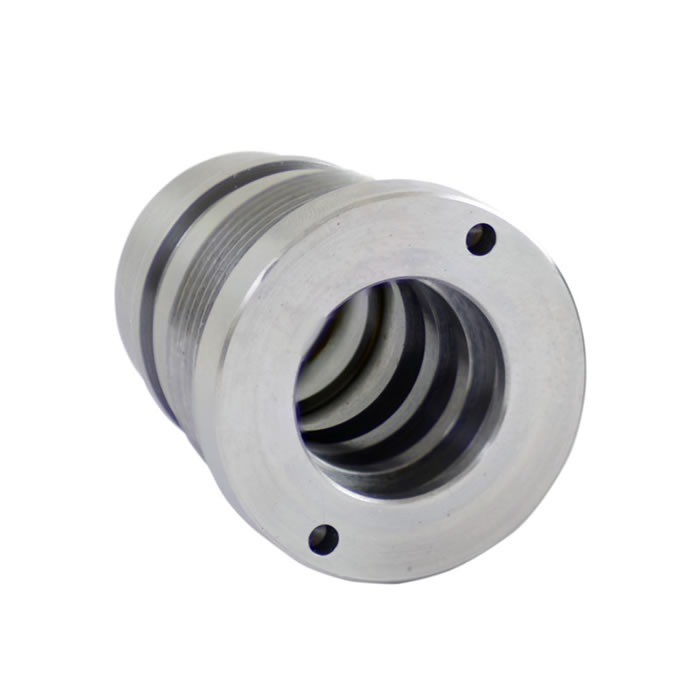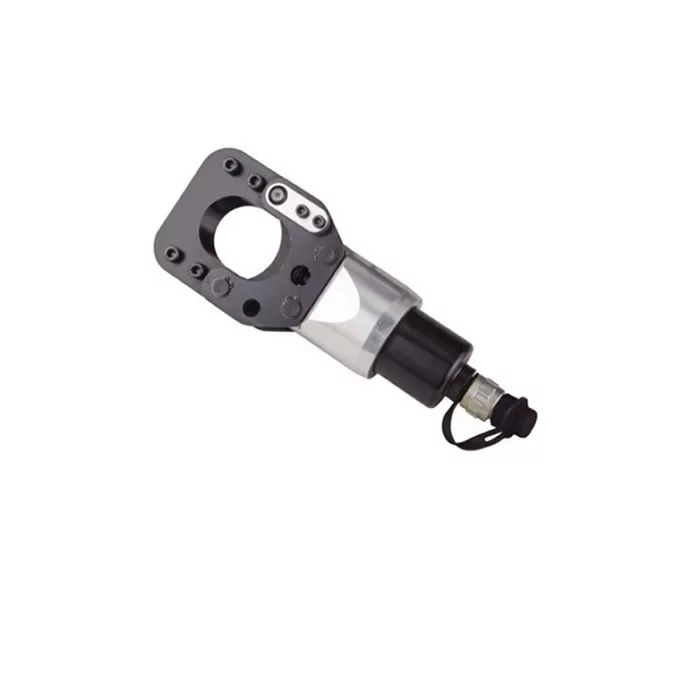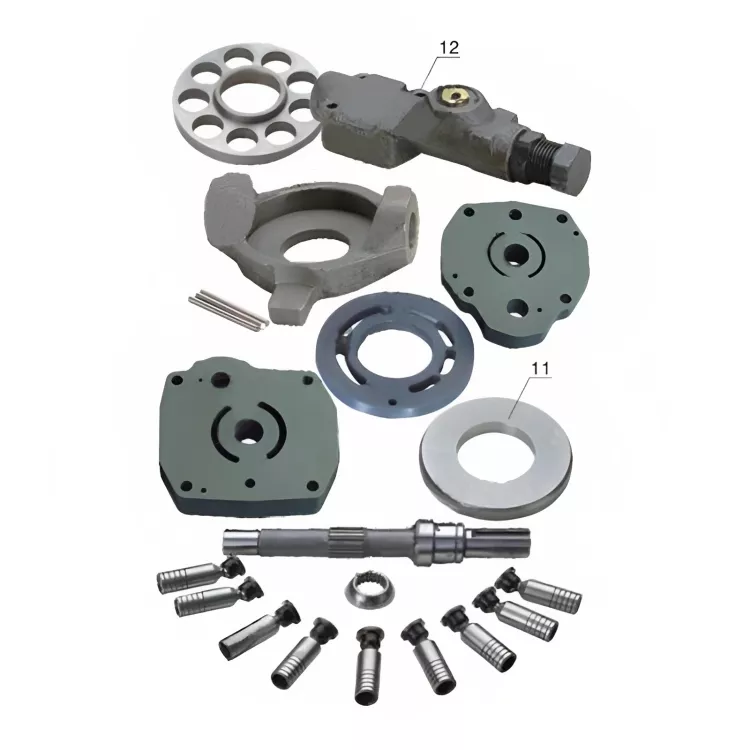What are the important considerations during the operation of a hydraulic motor
Hydraulic Motors, hydraulic operating systems, and hydraulic control systems play crucial roles as actuating elements in hydraulic equipment.
To develop high-quality hydraulic devices, it is essential to ensure the concentricity between the transmission system and the mechanical system.
In certain cases, flexible connections can be employed to achieve concentricity.
Strict control is required for the following aspects during the operation of Hydraulic Motors:
firstly, oil leakage. If the bearings of a hydraulic motor cannot withstand radial forces,
transmission components such as pulleys should not be directly mounted on the main shaft.
If a hydraulic motor drives a pulley through a chain transmission, the chain transmission can generate radial forces,
causing deformation of the oil seal and resulting in oil leakage.
Therefore, careful attention should be paid to whether the hydraulic motor exhibits this issue.
Secondly, sealing. Reliable hydraulic motors should have unobstructed leakage oil pipes since blocked pipes can affect their operational parameters.
Additionally, some hydraulic motors adopt external oil pipes, and in the event of oil leakage, the oil may move within the housing.
To prevent oil backflow due to sudden shutdown, the hydraulic oil inside the housing should be inspected.
During idle periods, the hydraulic motor should not be operated under full load.
It is recommended to run it without load for a certain period and resume normal operation only after confirming no abnormalities.
Lastly, external force deformation.
The frame and base on which the motor is installed must have sufficient rigidity to withstand the reactive forces generated by the motor's output torque.
Insufficient rigidity of the motor's installation frame can lead to vibration or deformation, and even accidents.
It is crucial to ensure that the rigidity of the motor's installation frame is adequate to maintain the concentricity control
within the specified range between the drive machine and the motor shaft.
Furthermore, professionals advise that hydraulic motors operating in environments with vibrations
and high frequencies may experience some degree of external force deformation, which is relatively common.
Minor external force deformations caused by vibrations or those resulting from the operation within the specified time frame
do not significantly affect the hydraulic motor's body and operational parameters.
However, sudden vibrations due to abnormal reasons during the operation may potentially damage the hydraulic motor.
In conclusion, to ensure the performance and reliability of hydraulic equipment,
attention should be given to the aforementioned factors, and appropriate measures should be taken for control and inspection.


